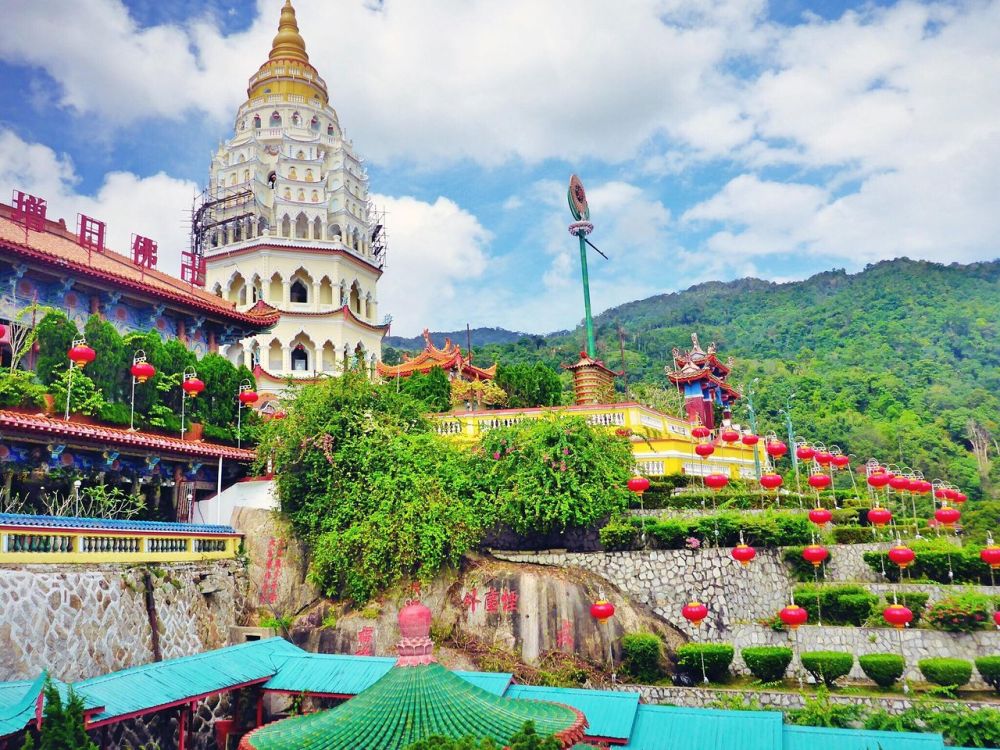

Penang Island, located on the northwest coast of Peninsular Malaysia, is often fondly referred to as the "Pearl of the Orient." The island boasts a rich tapestry of cultures, a testament to its historical role as a trading port that bridged the East and West. Over the years, Penang has steadily risen as a prominent tourist destination, attracting visitors with its unique blend of history, culture, fabulous cuisine, and natural beauty.
The seeds of tourism in Penang were planted with the establishment of George Town as a British trading port in 1786 by Captain Francis Light. The diverse cultural heritage, historical architecture, and vibrant street life of the state capital laid the grounding framework for its tourism draw. However, it was not until the 20th century that these features would be recognized and promoted as tourist attractions.
The opening of the legendary Eastern and Oriental Hotel (E&O Hotel) in 1885 signaled the inception of luxury travel in Penang. Serving the needs of well-off colonial visitors and merchants, it carved a niche in Penang's history as a forerunner of hospitality and attracted a clientele that appreciated its grandeur and sophistication.
After World War II and the decolonization of Malaysia, Penang began to emerge more clearly as a travel destination. With the improvement of travel technologies and the introduction of international flights, tourism began to grow. The 1970s saw the birth of beach tourism in Penang, particularly around the areas of Batu Ferringhi and Tanjung Bungah, which are now lined with resorts and are favorite spots for both international and domestic tourists.
The turning point for Penang's tourism came in 2008 when George Town was inscribed as a UNESCO World Heritage Site. This recognition brought global attention to the city's well-preserved colonial architecture and its multifaceted cultural heritage. Subsequently, there was a surge in visitor numbers, bolstering the local economy and marking Penang as an important cultural tourism destination in Southeast Asia.
In recent years, Penang has embraced modern tourism trends, becoming an example of how a region can fuse its historical legacies with contemporary attractions. Innovative art spaces, like the open-air street art in George Town and the Hin Bus Depot, alongside conservation projects for its historical buildings, continue to entice tourists who seek both urban culture and heritage.
Eco-tourism also plays an increasing role in Penang's tourism landscape. The verdant Penang Hill and the Penang National Park, with its pristine beaches and hiking trails, have become hotspots for nature lovers. Additionally, with the Penang state government's commitment to sustainable tourism, there have been continuous efforts to preserve the island's natural beauty while catering to the ecological sensitivity of travelers.
No mention of Penang's tourism is complete without a nod to its culinary delights. Renowned as the food capital of Malaysia, Penang offers an array of gastronomic experiences that lure food enthusiasts from all over the world. From the humble street food stalls to elegant fusion restaurants, the island's diverse food scene remains one of its strongest tourism pillars.
Looking to the future, Penang continues to innovate and adapt with the times. Technological advancements are being integrated into tourism services, and there's a growing focus on creating immersive and personalized experiences for visitors. Cultural festivals, arts and music events, and international conferences contribute to Penang's evolving tourism industry, promising a bright and vibrant future for this charming Malaysian island.